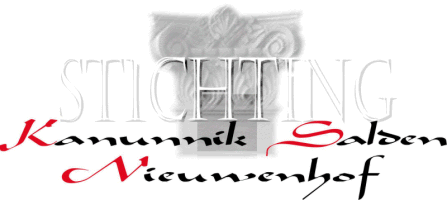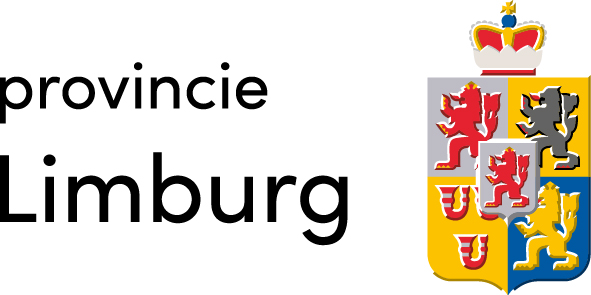THE REDOUTE
After the mezzanine floor was installed in the former church (1789), work began on the layout and furnishing of the ground floor. Above all, the aim was to create a redoute — the place where officers of the garrison and the bourgeoisie could meet in the nineteenth century. Although ‘d’n theater’ also known as the ‘Great Comedy’ was in fact specifically intended for garrison officers and their entourage, the term redoute, in the context of a theatre, should not be interpreted in its original military sense. In fortress construction, a redoute is a small fortification, meant as a reinforcement and part of a stronghold.
In addition to its military meaning, the word redoute — derived from the Italian ridotto — was also used to refer to a ball or festive event, especially in the eighteenth century. A redoute was the place where balls and festive occasions were held; in Maastricht dialect, redoute was used to refer to a party. Thus, the redoute served as a reception area, a space for social interaction, where audiences gathered before or after the performance or during intermissions — where business was conducted, card games played, gambling occasionally took place, and gossip abounded. The redoute was undeniably a kind of covert ‘marriage market’, a place to see and be seen.
The redoute was situated on the north side of the ground floor, preceded by a spacious hall, and flanked on the south side by a series of small cabinets — a kind of chambres séparées. The redoute was given Louis XIV-style wood panelling and decorative stucco work with festoons and other ornate embellishments.
During the renovation of 1877, when the theatre was transformed into a true Bonbonnière, the redoute was redesigned as a glamorous hall of mirrors with abundant gilded stucco work, a beautiful parquet floor and an orchestra pit. The entire setting, like the main theatre hall, was characterized by its colour scheme: ivory with golden trimming. The concierge’s lodge that previously stood in front of the redoute was demolished and replaced with a square building as an entrance, which included a foyer and a coffee room. The renovation of the redoute alone cost 35,000 guilders at the time; it was opened with a splendid ball on 27 November 1883.
After yet another renovation in 1928, the festive redoute was downgraded to a coffee room. Still, this did not prevent the reopening of the Bonbonnière from being celebrated in the redoute with a luxurious supper. During the notoriously costly renovation of the municipal theatre in the 1950s, a small but highly suitable stage for intimate productions was constructed within the redoute. Until the Bonbonnière finally closed its doors, the redoute remained a well-known concept — much loved by the people of Maastricht not only for small-scale performances, but also for meetings, lectures, parties, corporate events, and -not to be forgotten- Carnival.












